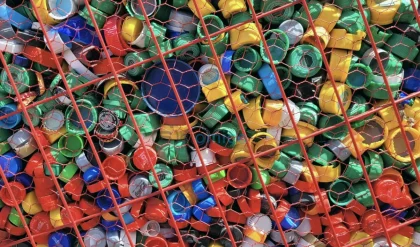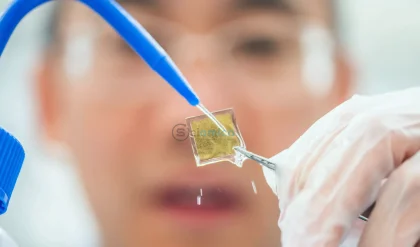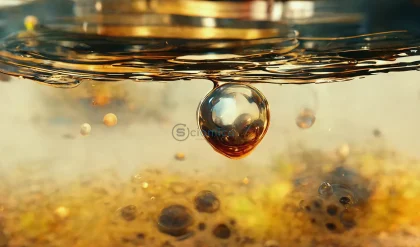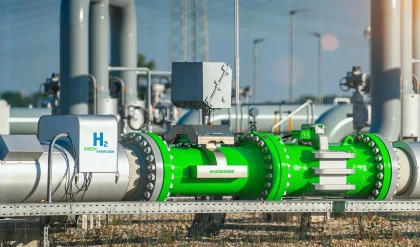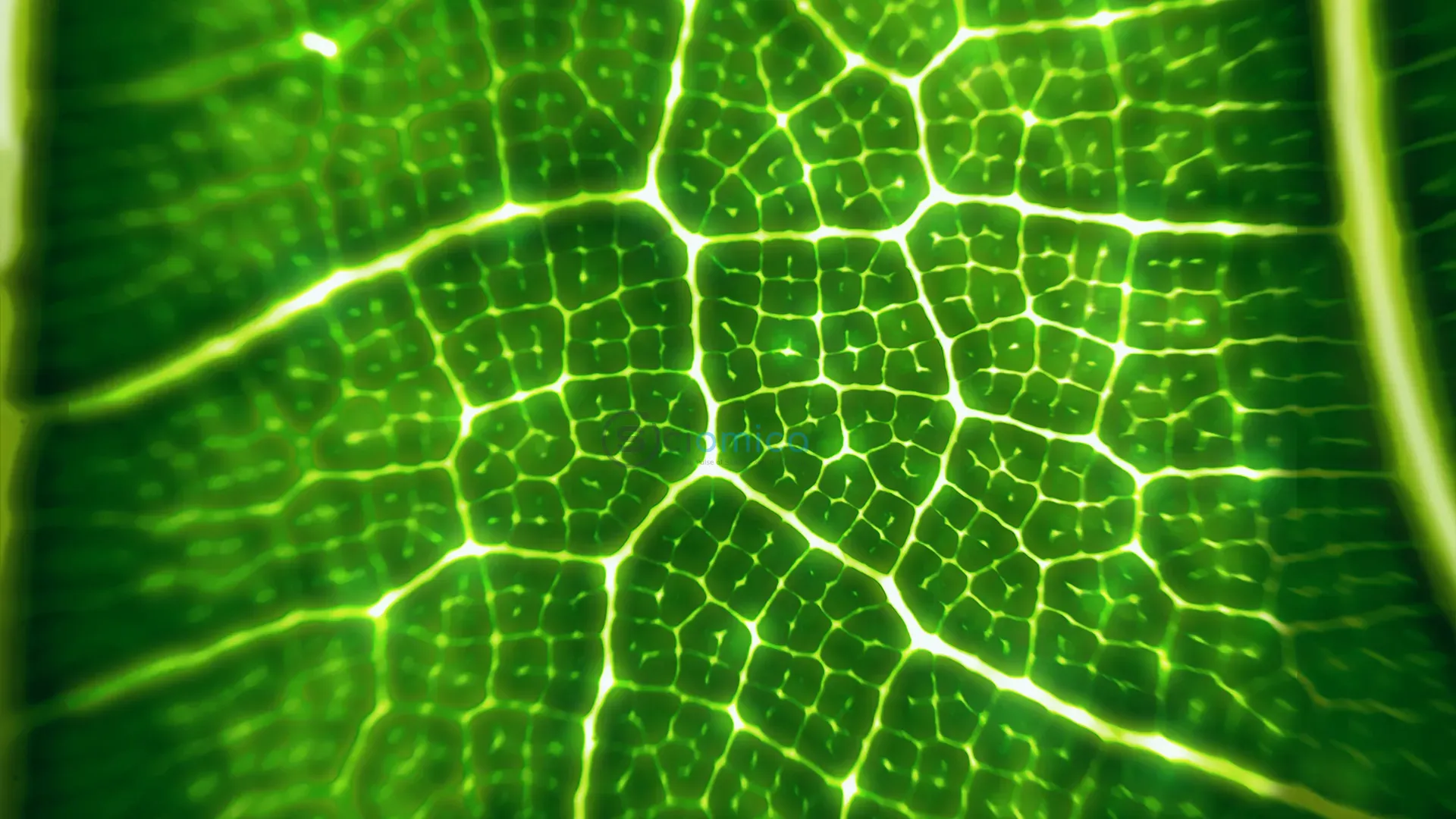
Researchers from Colorado State University (CSU) have made a significant breakthrough in the field of green chemistry with the publication of a new paper in the prestigious journal Science. The research introduces an innovative light-based process for converting fossil fuels into valuable modern chemicals, showing promising efficiency at room temperature. This advancement may not only decrease energy consumption in chemical manufacturing but also mitigate pollution, providing multiple ecological benefits.
The study is helmed by Professors Garret Miyake and Robert Paton, both affiliated with CSU’s Department of Chemistry and the Center for Sustainable Photoredox Catalysis, known as SuPRCat. Their unique system, which draws inspiration from the natural process of photosynthesis, employs visible light to gently modify the characteristics of chemical compounds. By utilizing two distinct photons, or light particles, the researchers generate the energy necessary for the desired chemical reactions. Traditionally, a single photon does not carry sufficient energy for these types of transformations, but by harnessing energy from two photons, the system can facilitate super-reducing reactions. These reactions typically require significant energy to break strong chemical bonds or add electrons, which the CSU team has successfully streamlined.
The efficacy of their system was demonstrated on a class of chemical compounds known as aromatic hydrocarbons, or arenes, which are typically resistant to modification. Professor Miyake emphasized the importance of this achievement, stating, “This technology is the most efficient system currently available for reducing arenes – such as benzene in fossil fuels – for producing essential chemicals used in plastics and medicine.” He noted that traditional methods for generating these reactions are often complex and energy-intensive due to the robust nature of the original chemical bonds.
This research is part of ongoing efforts supported by the National Science Foundation through the Center for Sustainable Photoredox Catalysis at CSU, where Miyake serves as the director. The center is a multi-institution collaboration aimed at revolutionizing chemical synthesis processes for a variety of applications.
Katharine Covert, program director for the NSF Centers for Chemical Innovation, praised the importance of photoredox catalysis, noting that it has become crucial across many industries, particularly in pharmaceutical development. Covert remarked, “Through the NSF Center for Sustainable Photoredox Catalysis, synthetic and computational chemists have collaborated to delve into the fundamental chemical mechanisms of these catalysts, uncovering new pathways that require less heat and energy.”
Miyake further highlighted that researchers within the center are exploring similar catalytic systems to enhance energy-efficient production methods for ammonia fertilizers, deconstruct stubborn PFAS ‘forever chemicals’, and improve plastic recycling processes. He stressed the urgency of their work, stating, “We built an all-star team of chemists to tackle these challenges and forge a more sustainable future for our planet. The clock is ticking, and we must urgently develop sustainable technologies before our current practices lead us to an irreversible crisis.”
The collaboration includes contributions from CU Boulder’s Professor Niels Damrauer and other CSU researchers such as Amreen Bains, Brandon Portela, Alexander Green, Anna Wolff, and Ludovic Patin, all of whom have played a pivotal role in this groundbreaking study.
Reference:
- Amreen K. Bains, Arindam Sau, Brandon S. Portela, Kajal Kajal, Alexander R. Green, Anna M. Wolff, Ludovic F. Patin, Robert S. Paton, Niels H. Damrauer, Garret M. Miyake. Efficient super-reducing organic photoredox catalysis with proton-coupled electron transfer mitigated back electron transfer. Science, Vol 388, Issue 6753 DOI: 10.1126/science.adw1648

